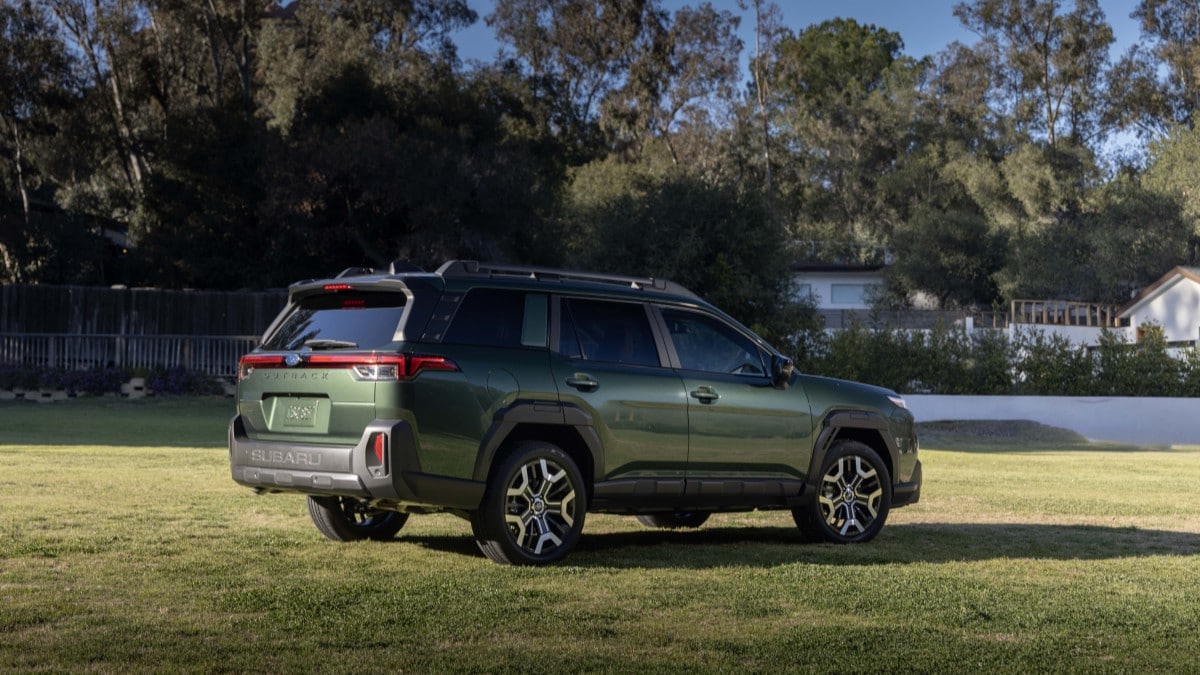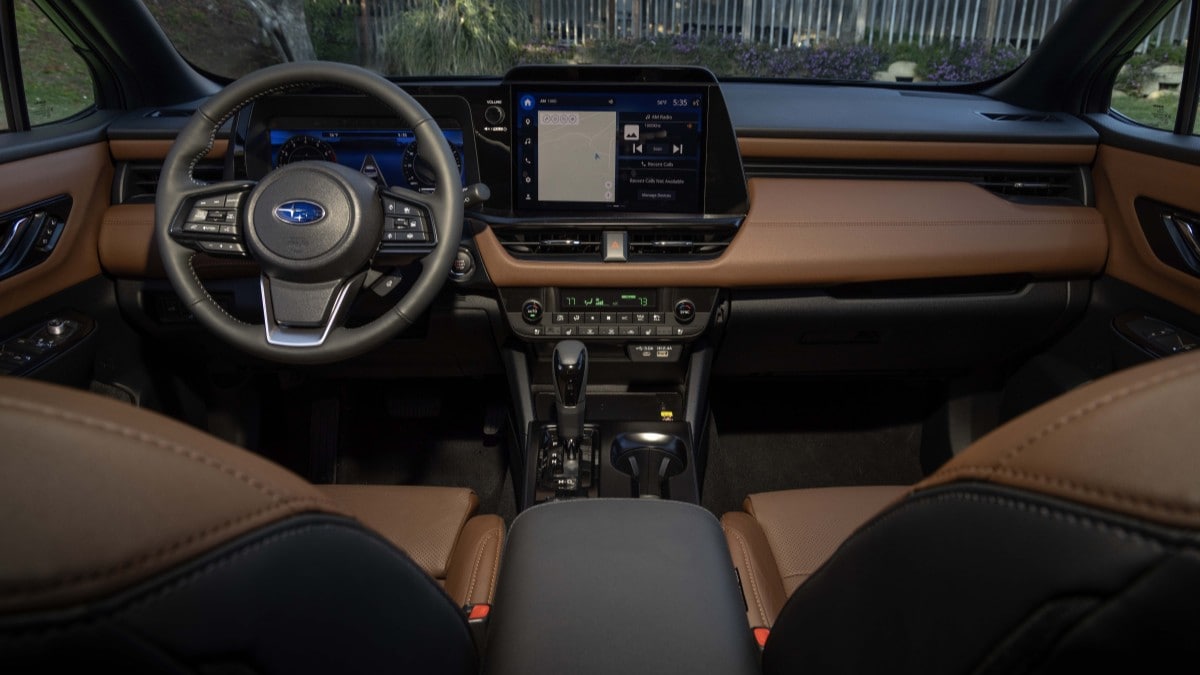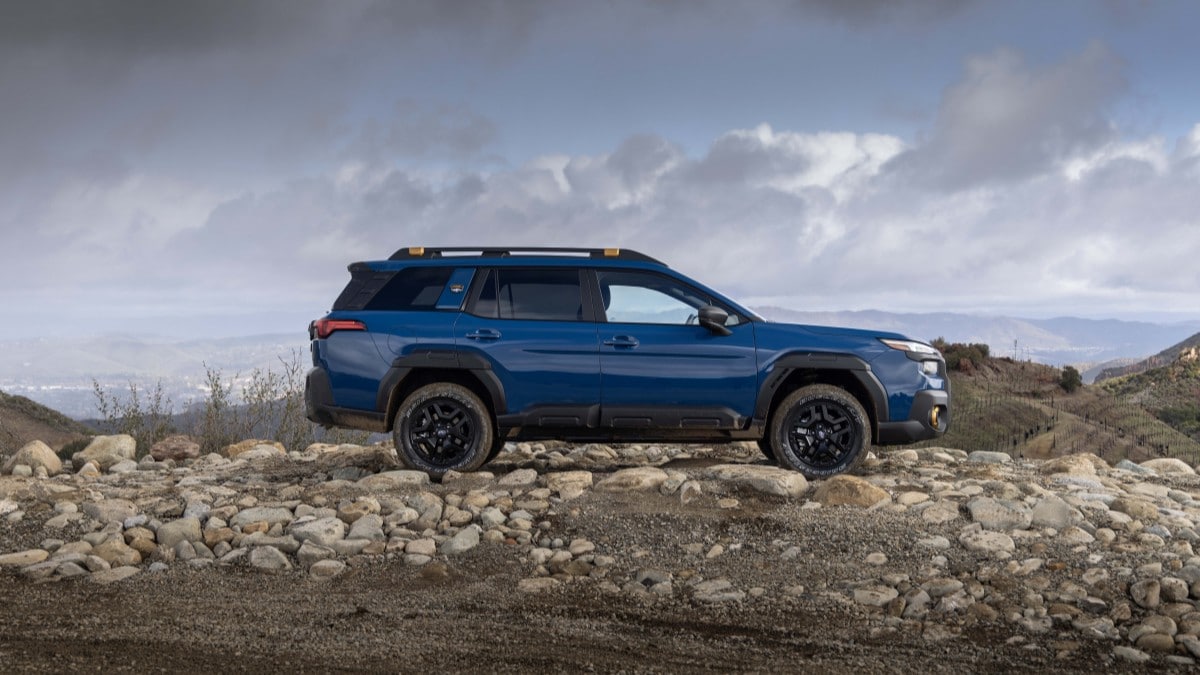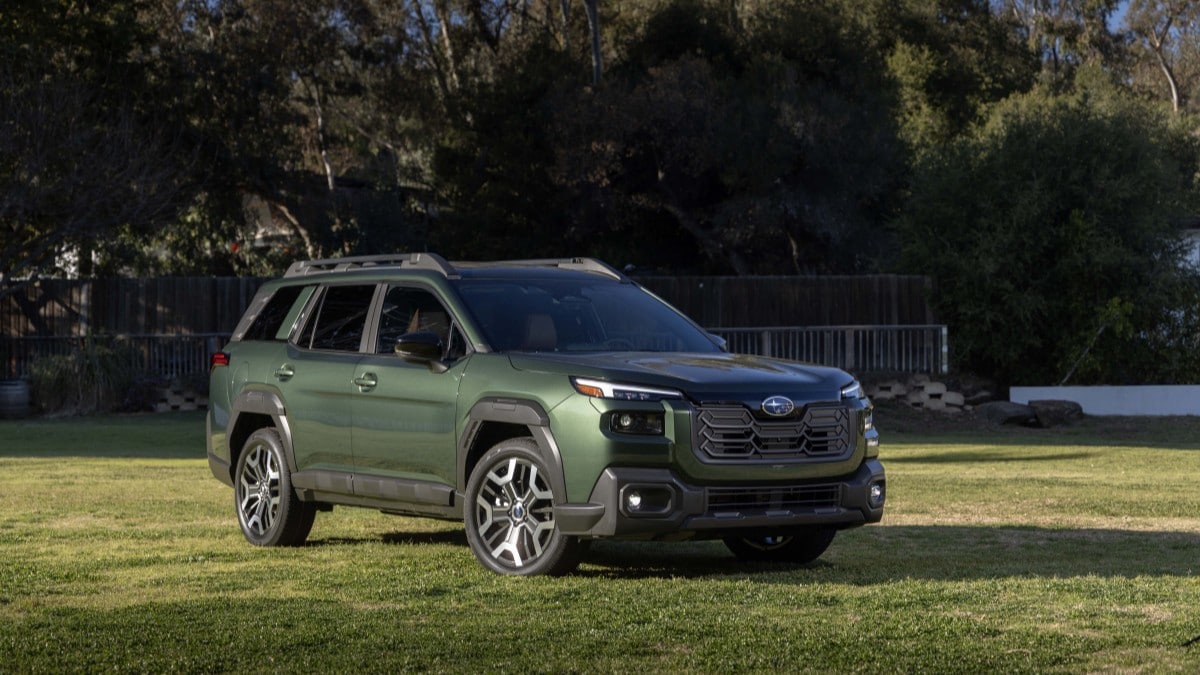Subaru used this week’s New York International Auto Show to reveal the seventh generation of its Outback midsize SUV. But you could convince us we were looking at a future Forester instead. The next Outback will erase the model’s wagon roots, moving firmly into pure SUV design territory.
Subaru hasn’t discussed pricing. The 2025 Outback starts at $30,430, including destination fee. The 2026 Subaru Outback is set to go on sale late this year.
They’re Abandoning a Look, Not a Formula
First things first – if you’re a longtime Outback fan, know that only the aesthetics have changed.
The 2026 Outback is still available with a choice of boxer engines. Most trim levels get a 2.5-liter 4-cylinder engine (making 180 horsepower and 178 lb-ft of torque this time). A 2.4-liter turbocharged version, standard on Wilderness models and available on XT editions, makes 260 hp and 277 lb-ft.
It still uses Subaru’s excellent symmetrical all-wheel-drive (AWD) system. This time, it “offers faster center differential lockup for reduced wheelspin and incorporates steering angle data for better stability at turn-in and cornering on higher-speed roads,” the company says. Every trim gets the X-mode off-road setting, which you can now activate from the steering wheel without taking your eyes off the trail.
It still sends power through a Lineartronic continuously variable automatic transmission (CVT) with an 8-speed manual shift mode. It will, in all likelihood, drive like an Outback.
It might even be a bit more athletic. Subaru borrowed the dual-pinion steering setup from the sporty WRX for this Outback.

A Serious Styling Departure
From the outside, though, the newest Outback is a break from Subaru tradition. The Outback started its life as a raised wagon – a trim level of the Legacy wagon – and it maintained wagon-like looks even after Subaru began calling it a sport utility vehicle.
Designers have fully departed from that now. If you parked the sixth-generation Outback between a Jeep Grand Cherokee and a Ford Explorer, it would read as a car. If you parked the seventh-generation in that same spot, it would read as a cousin to the other two.
Subaru calls the look “stronger and broader in its appearance,” and “adventure-ready.” The new body should be very capable. It offers 8.7 inches of ground clearance – “more than many body-on-frame, full-size SUVs,” Subaru notes.
The roofline is 2 inches taller than the soon-to-be-outgoing model, allowing more headroom and cargo space. Subaru says the new roofline has increased interior volume by an impressive 2 cubic feet. Standard roof rails with an 800-pound static load capacity and 220-pound dynamic load rating match the optional equipment offered on some rivals.

Revised Interior with Focus on Usability
Inside, the driver faces a 12.3-inch instrument display. A 12.1-inch, landscape-oriented touchscreen sits much higher than traditional for Subaru, which we rate as a safety feature – you can tap the screen without looking down from the roadway.
Climate controls, thankfully, get their own knobs and switches. So you won’t have to tap the screen for the basics.
Wireless Android Auto and Apple CarPlay are standard.
The latest version of Subaru’s EyeSight driver assistance system includes the emergency braking, adaptive cruise control, and lane centering functions you’re used to. Newly, it adds pre-curve speed control and an emergency stop assist function with safe lane selection that can help steer around an obstacle.
“On designated highways, certain trims of the new Outback can travel at speeds up to 85 mph hands-free with driver supervision to help reduce fatigue on longer journeys,” Subaru says.

Wilderness Model Returns
Buyers looking for something more rugged will again have the option of an off-road-focused Wilderness model.
It rides higher, with a full 9.5 inches of ground clearance, and uses the more powerful turbocharged engine. All angles have been improved from the last edition, the company says. “The approach angle has been extended to 20 degrees compared to 18 degrees; ramp breakover moves up to 21.2 degrees compared to 19.4 degrees; and the departure angle increases to 22.5 degrees compared to 21.4 degrees.”
“The suspension has been tuned for improved stability on rough terrain while retaining ride comfort and handling performance on the open road, thanks to new electronically controlled dampers,” Subaru says. Like the suspensions in many luxury cars, it uses sensors to read road and trail conditions and adapt in advance for the bumps ahead.
Standard Bridgestone Dueler all-terrain tires should give it plenty of grip in muddy conditions.








